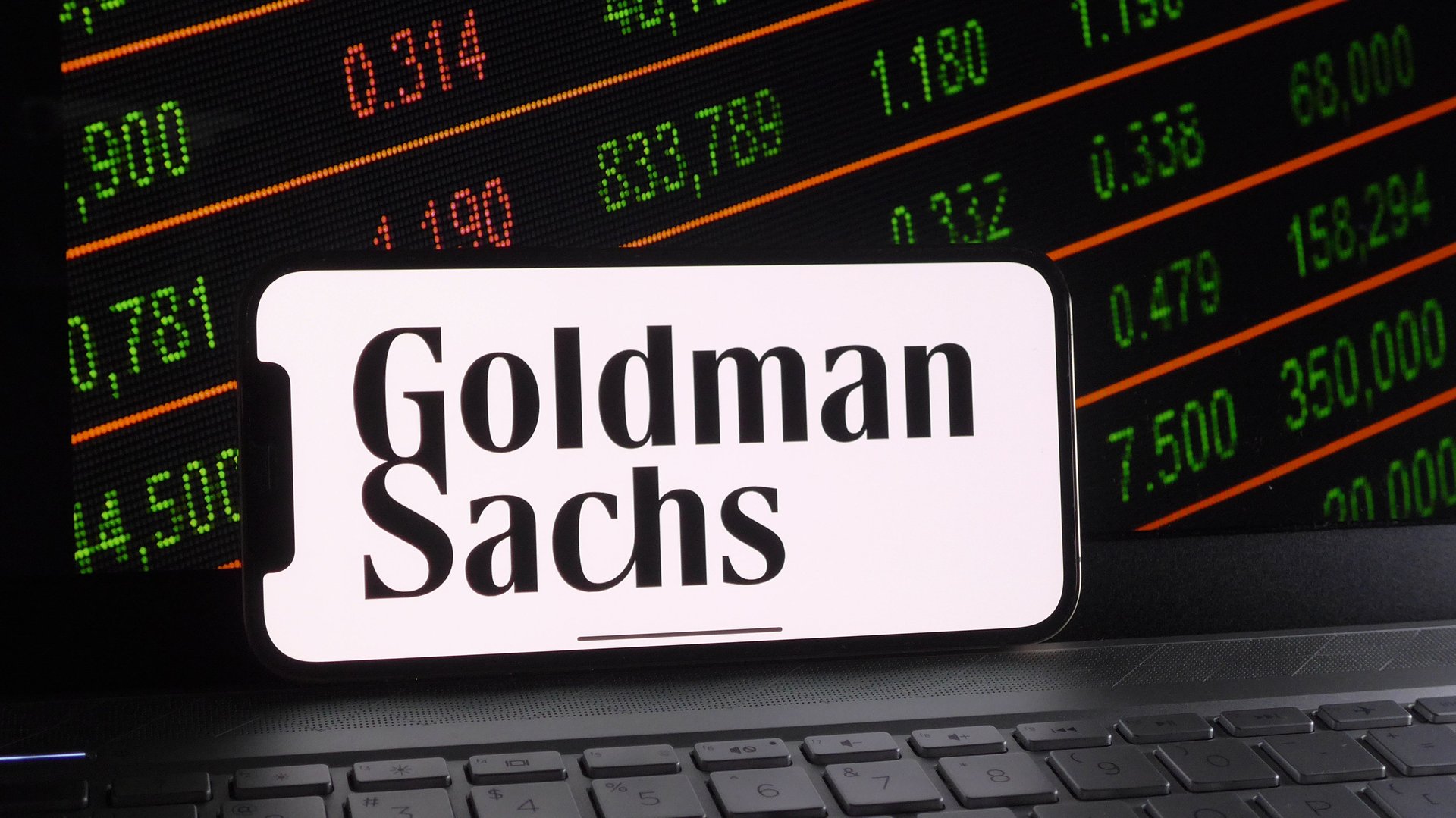The Fed's big interest rate cut set the stage for a soft landing, Goldman Sachs exec says
Denis Coleman said the 50 basis-point cut "is a clear signal in terms of the new direction" for the Federal Reserve

The Federal Reserve’s decision to slash interest rates by a half point last week set the economy up to avoid a recession, according to Goldman Sachs (GS) chief financial officer Denis Coleman.
Suggested Reading
“I think this first 50 basis-point cut is a clear signal in terms of the new direction,” Coleman told CNBC Tuesday. “And hopefully that will unlock incremental amounts of confidence, and should obviously reduce cost of capital — and perhaps spur some more strategic activity heading into the end of this year.”
Related Content
Heading into next year, Coleman said he hopes lower rates will “improve backlogs and more activity across the markets.”
Goldman Sachs economists said in a research note Tuesday that they do not expect a recession, “but the economic recovery should be very gradual, especially in Europe.” They are expecting investment to pick up in the U.S. once the presidential election is over and manufacturing ramps up thanks to lower interest rates.
The central bank voted last week to start its highly anticipated interest rate cutting cycle with an aggressive, half-basis-point cut that brought the federal funds rate to 4.75-5.0% from more than two-decade highs. Fed Chair Jerome Powell framed the cuts as a “recalibration” of policy, given falling inflation and rising employment risks.
That boosted markets to record highs towards the end of last week, as investors interpreted the cut as confirmation of a strong economy from the Fed. Coleman similarly expects that the rate cut will set the stage for a soft landing for the U.S. economy, where the central bank lowers inflation without tipping the economy into a recession.
“Right now, that is consensus,” Coleman said. “It’s always a very tricky job to manage economies through transition. But you know, inflation levels are coming down, unemployment is manageable, they’re starting to put through the rate cuts and sort of maintain a soft-landing trajectory.”
On the other hand, JPMorgan Chase chief Jamie Dimon said last week that he’s “a little more skeptical that inflation is going to go away so easily.” Dimon has previously said he believes there’s a 35% to 40% chance that the U.S. will see a soft landing for the economy — and reaffirmed those views last week.
“I wouldn’t count my eggs,” he said.
In August, overall inflation rose just 2.5% over the past year, a considerable sign of cooling. Unemployment, which jumped to 4.3% in July, stayed high at around 4.2% last month. Powell suggested that the Fed’s focus was shifting towards the employment side of its dual mandate, after focusing for years on wrangling inflation.
The Fed also readjusted its economic projections, which now see core Personal Consumption Expenditures, the Fed’s preferred inflation metric, falling to 2.3% this year, from its projected 2.6% in June. It also expects the median for next year to drop to 2.1% from 2.3%.
It also adjusted its median unemployment rate projection to 4.4% by the end of this year, and 3.4% at the end of 2025. But it expects GDP growth to remain strong at 2%. Powell said these projections are consistent with lower inflation and higher unemployment.
Following from the larger-than-expected cut, Goldman is now forecasting a longer string of consecutive 25 basis-point cuts from November 2024 through June 2025, when it expects the funds rate to end up at 3.25-3.5%. It had previously projected consecutive cuts to close out 2024, followed by quarterly cuts next year.